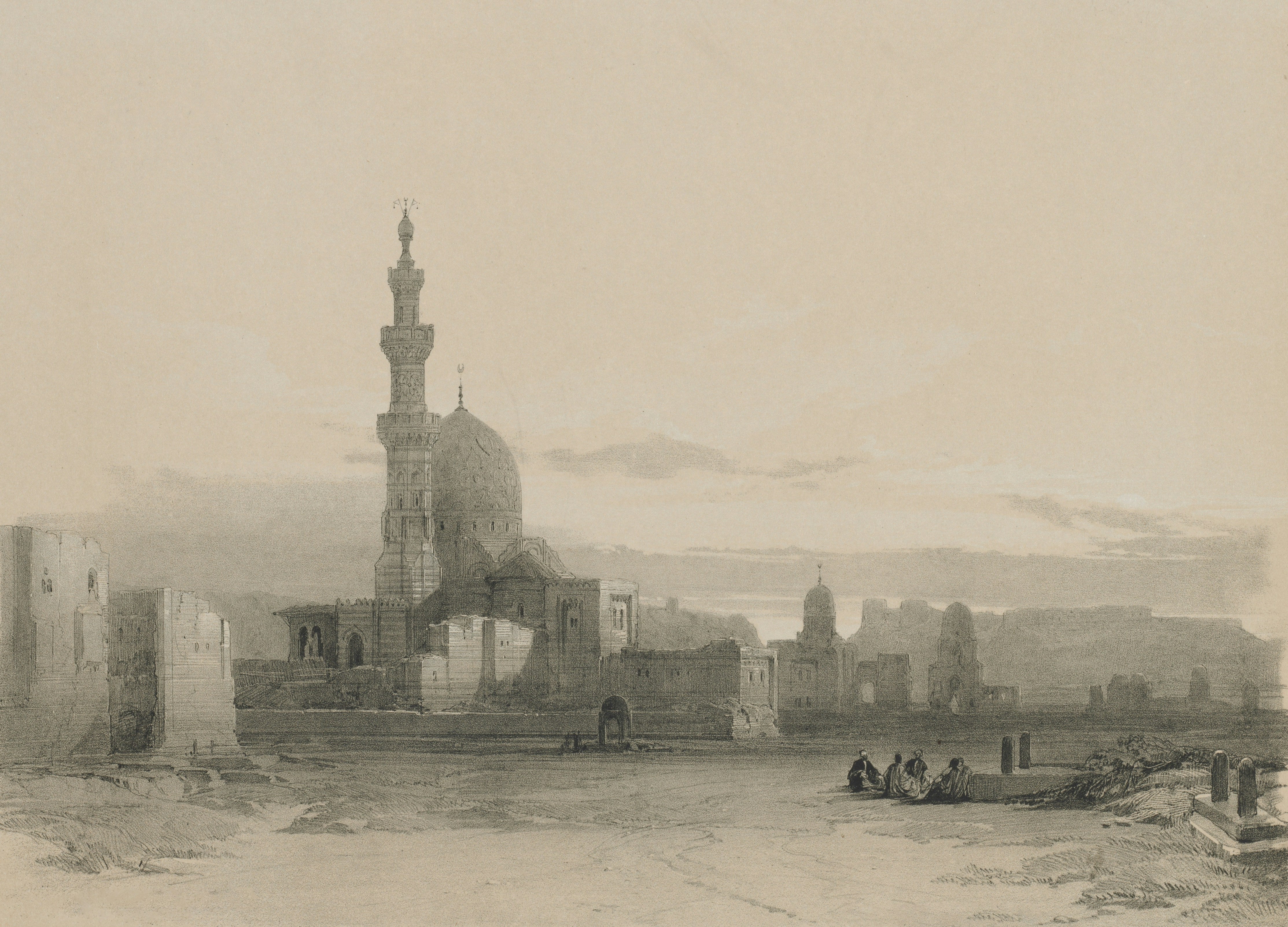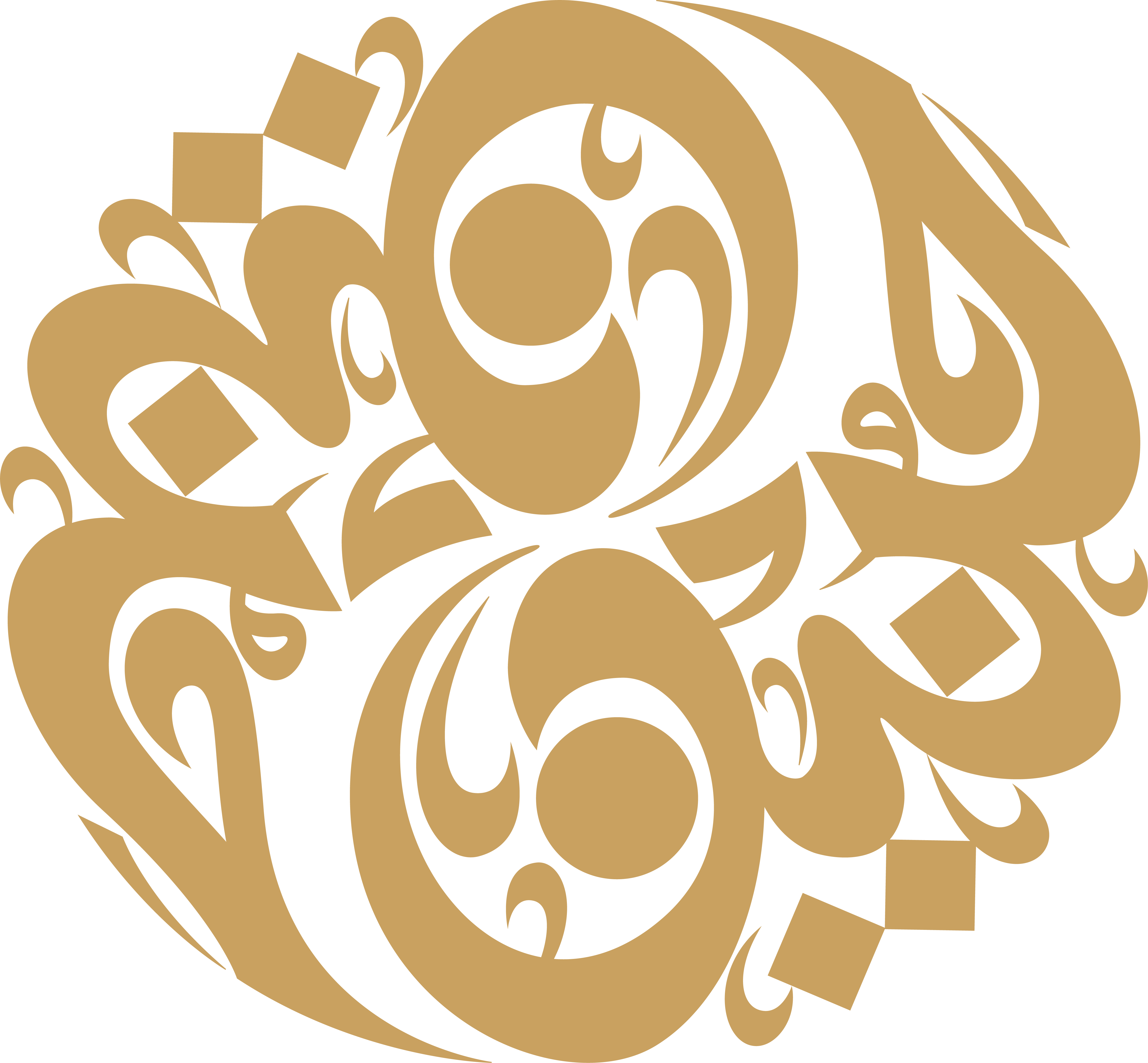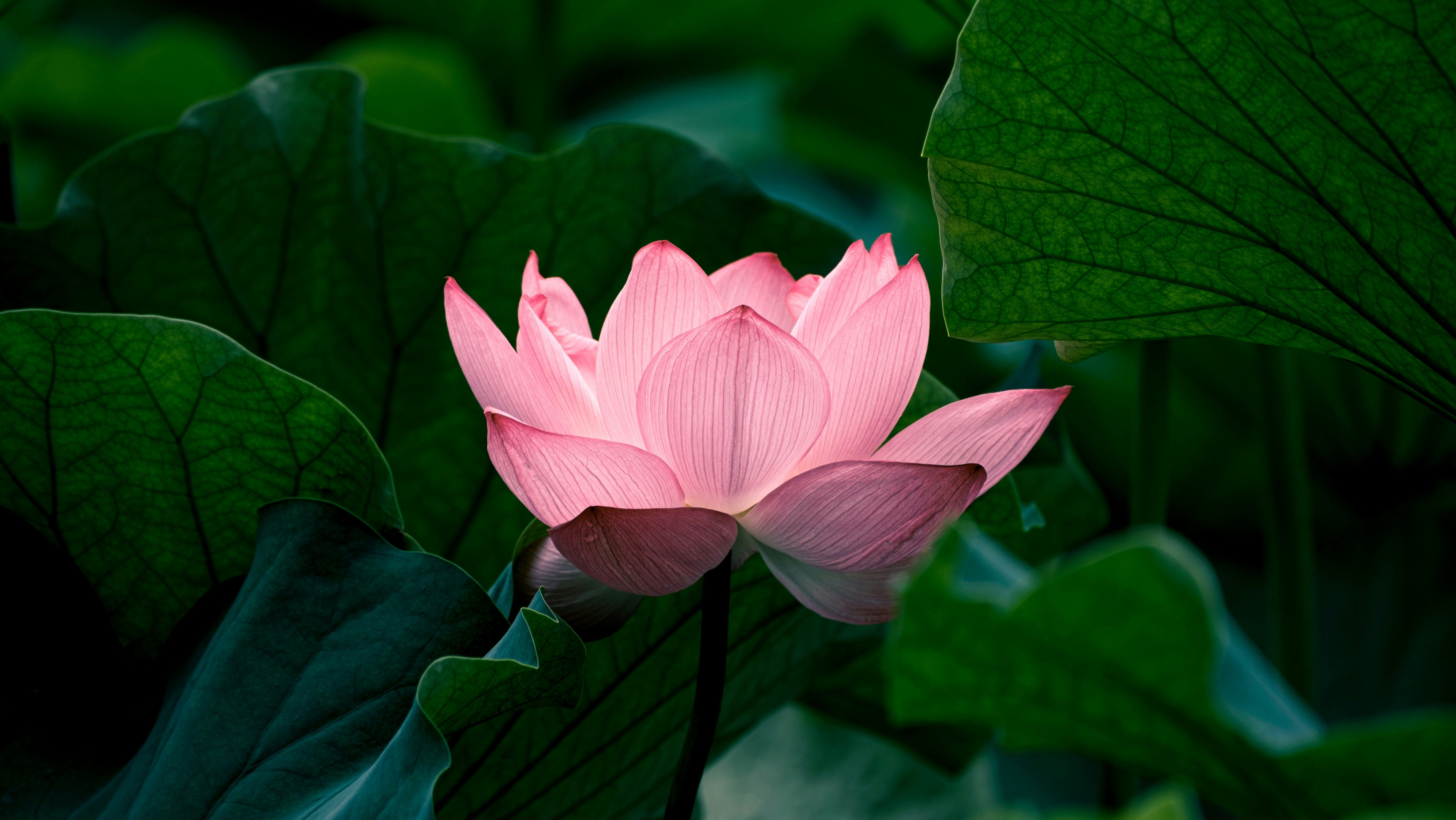
The Rose and the Kaʿba: Tracing the Sacred Scent from Anatolia to Taʾif
Originally produced for Hunayn by Dr. Aliya Ali
Roses have long held significance in Islamic culture, not only as botanical marvels but as materials embedded in rituals of devotion, memory, and sanctity. Among them, the Rosa damascena, also known as the Damascene or Turkish rose, occupies a particular place in the historical geography of scent. The new fragrance, Al-Multazam, from Hunayn draws inspiration from this history, and in particular, from the story of how the rose travelled from Anatolia to the Hijaz, became naturalised in Taʾif, and ultimately found a place in the perfuming of the Kaʿba.
This article explores that historical trajectory: how a flower became a ritual substance, and how trade, empire, and religious practice combined to elevate the rose into one of the most important ingredients in sacred Islamic perfumery.
Origins: The Damascene Rose in Anatolia
The Rosa damascena is not indigenous to the Arabian Peninsula. Its origins lie further north—in the Persianate and Anatolian zones of cultivation, especially in Ottoman regions that correspond to modern-day Turkey and the Balkans. The flower was widely cultivated for its aromatic qualities and was prized across the Islamic world for both perfumery and medicinal purposes. By the 16th century, the Ottoman Empire had developed a sophisticated industry around rose oil (ʿaṭr al-ward) production, particularly in places like Isparta and the Kazanlak valley (modern-day Bulgaria under Ottoman control).
The petals of the Rosa damascena are particularly suited to steam distillation, yielding both rose water and essential oil. These products were highly sought after and moved along the same maritime and overland trade routes that carried other luxury goods, spices, silks, and incense, into the Hijaz.
Taʾif: Cultivation in the Hijaz
Sometime during the Ottoman period, likely between the 16th and 18th centuries, the Damascene rose was introduced into the Hijazi city of Taʾif. Taʾif’s climate, shaped by its elevation (approximately 1,800 metres above sea level), is notably cooler and more temperate than much of the Arabian Peninsula, making it an ideal environment for rose cultivation.
Taʾif did not merely adopt the Anatolian rose, it adapted it. The local rose industry developed its own methods and seasonal rhythms. Roses were typically harvested early in the morning between April and May, then immediately distilled using traditional copper alembics. This method, known as hydro-distillation, involved packing large quantities of fresh petals with water into a cauldron, distilling them slowly over a fire, and collecting the condensed vapour, first as rose water, and after repeated distillations, as the concentrated oil.
The result was a uniquely potent rose oil, highly valued not only for personal use but also for religious applications. Taʾifi rose oil became one of the most esteemed aromatics in the Islamic world.
Scenting the Sacred: The Kaʿba and the Ritual Use of Rose Oil
The application of perfume to sacred spaces has a long history in Islam. Early Muslim sources describe the Prophet Muḥammad’s (PBUH) fondness for scent, and classical jurists permitted the perfuming of mosques and Qurʾān manuscripts. Among these practices, one of the most enduring is the annual washing and perfuming of the Kaʿba in Mecca.
Historical sources from the Umayyad, Abbasid, and Ottoman periods attest to the perfuming of the Kaʿba’s interior with complex blends known as khalūṭ or ghāliyah. These blends typically included musk, ambergris, sandalwood, saffron, and rose oil, each of which carried not only aromatic properties but symbolic and economic significance.
Rose oil, particularly that produced in Taʾif, was at the centre of this ritual. During the annual ceremony (often held before the arrival of ḥajj pilgrims), the Kaʿba was washed with Zamzam water and rose water, then perfumed with a cloth soaked in the khalūṭ blend. This scenting was both olfactory and symbolic: it marked the space as purified and heightened the sensory experience of those visiting it.
Ottoman records, including endowment deeds and court chronicles, show regular shipments of rose oil from Taʾif to Mecca for this purpose. Even European travellers such as Johann Ludwig Burckhardt (d. 1817) observed the presence of rose scent in the sanctuary during his visit to Mecca.



اترك تعليقًا
This site is protected by hCaptcha and the hCaptcha Privacy Policy and Terms of Service apply.